
How to get UL Certification for Button Batteries?
The UL certification for button batteries primarily involves product safety and compliance, especially in the U.S. market. Here are some key points regarding UL certification for button batteries:
UL Certification Standards
1. UL 4200A: This is a safety standard for consumer products containing button or coin batteries, primarily used to assess the risk of harm to children during use. This standard is mandated by the U.S. Consumer Product Safety Commission (CPSC) and is a mandatory safety standard for button battery products. It requires products to have child-resistant battery compartments, meet poison packaging standards, undergo performance testing, and carry specific warning labels.


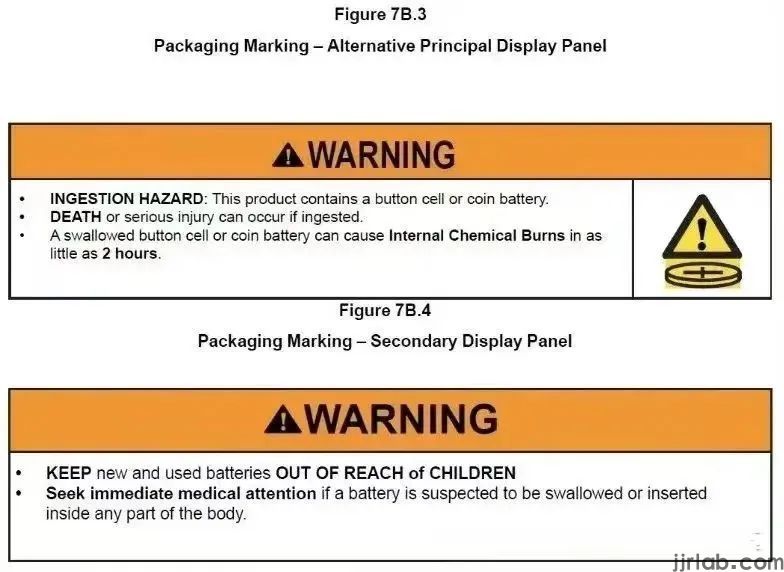
2. UL 1642: This standard applies to small button batteries and regulates the safety design, manufacturing processes, and testing methods for the batteries. While UL 4200a focuses more on the safety of consumer products, UL 1642 provides important guidance for the safety of the button batteries themselves.
UL Certification Process
1. Complete the Application: Submit a detailed application form to the certification body, including information such as manufacturer details, product name, and address.
2. Provide Product Information: Prepare detailed technical specifications, design drawings, user manuals, and other relevant documentation that comply with UL 4200A standards.
3. Send Samples: Provide products containing button batteries to the certification body for testing and evaluation.
4. Conduct Testing: The certification body will test the product according to UL 4200A standards, including but not limited to drop tests, impact tests, and crushing tests, to ensure compliance.
5. Issue Report: Upon successful testing, the certification body will issue a UL 4200A test report or certification certificate.
ul certification costs and Duration
1. Costs: The cost of UL 4200A certification varies based on the product, testing requirements, laboratory, and the chosen certification body. Generally, costs include application fees, testing fees, audit fees, etc. Specific fees should be inquired from the certification body. Reports indicate that typical costs range from 2,000 to 3,000 yuan, but this is only a rough reference.
2. Duration: The certification period usually takes about 5 to 7 business days, but specific times may vary based on individual circumstances. This timeframe includes all steps from application to the final issuance of the certificate. However, some sources suggest that the UL certification process typically takes 1 to 2 months, possibly due to more extensive preparation and review times.
Importance of Certification
1. For manufacturers, obtaining UL 4200A certification helps enhance product safety and competitiveness, increases consumer trust, and promotes global sales of the product.
2. In the U.S. market, UL certification is an important marker for ensuring the safety of electronic products, helping to protect consumers and the environment from potential safety hazards.
Considerations
1. When applying for UL 4200A certification, manufacturers need to fully understand the relevant requirements and processes to ensure a smooth certification process.
2. Products and packaging must have clear warning labels to alert consumers, especially children, to potential dangers.
3. The choice of certification body and laboratory is also crucial; qualified and reliable institutions should be selected to ensure the accuracy and authority of the certification.
How Much Does ul 4200a testing for Button Batteries Cost?
Amazon lists the price at $800, the UL official laboratory fee is $880, while China’s JJR laboratory charges only $698. We are an IEC 17025 accredited laboratory.
In summary, UL certification for button batteries is an important step in ensuring product safety and compliance, holding significant importance for both manufacturers and consumers.
Email:hello@jjrlab.com
Write your message here and send it to us
 Australia RCM LOGO Certification
Australia RCM LOGO Certification
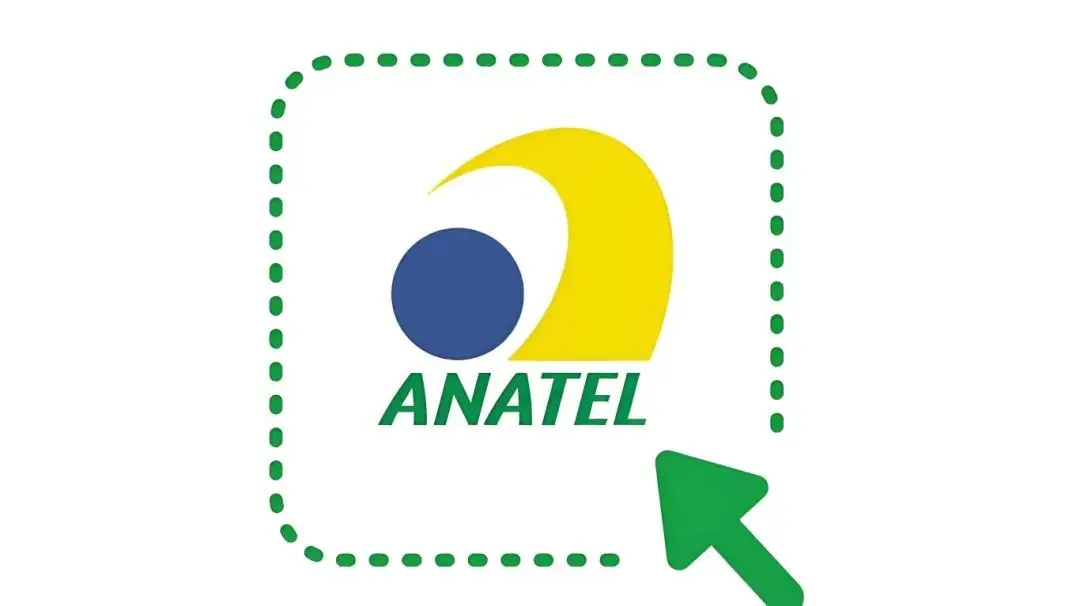 ANATEL Certification Process in Brazil
ANATEL Certification Process in Brazil
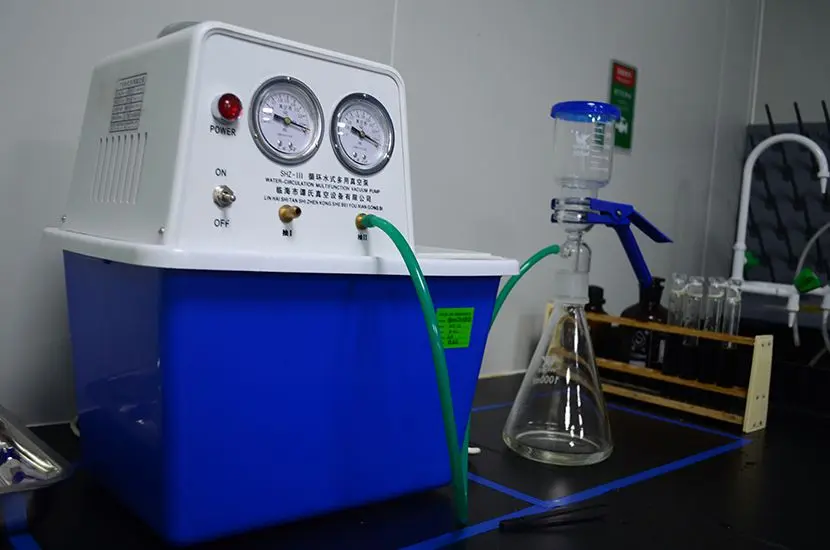 Faucet European Standard EN 817 Testing
Faucet European Standard EN 817 Testing
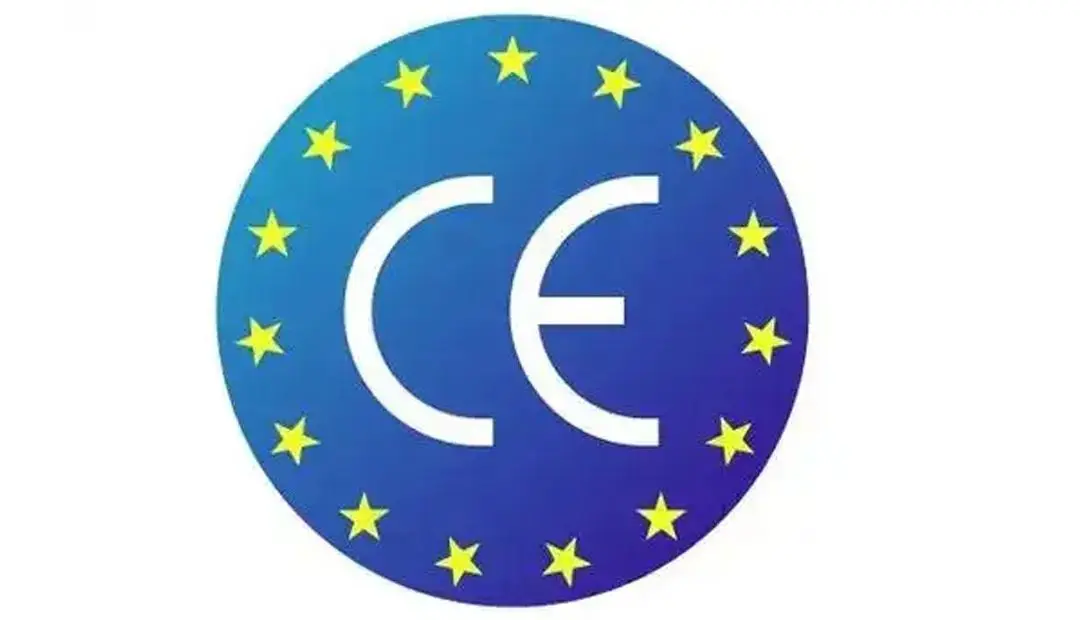 ISO 17025 Laboratory Test Report
ISO 17025 Laboratory Test Report
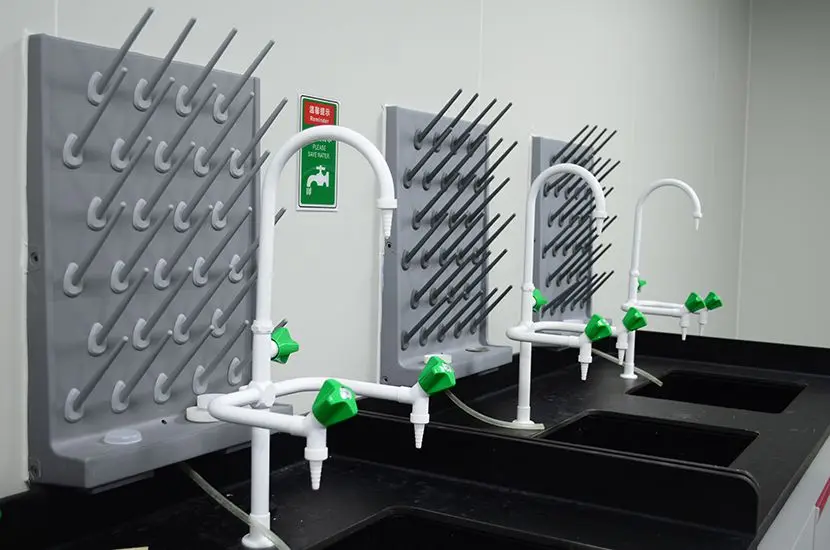 Temu Requires UN 38.3 Certification
Temu Requires UN 38.3 Certification
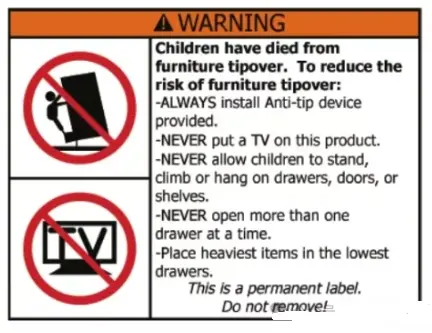 What is the Amazon ASTM F2057 Test Report?
What is the Amazon ASTM F2057 Test Report?
 How to get the Amazon SOR/2016-175 Test Report?
How to get the Amazon SOR/2016-175 Test Report?
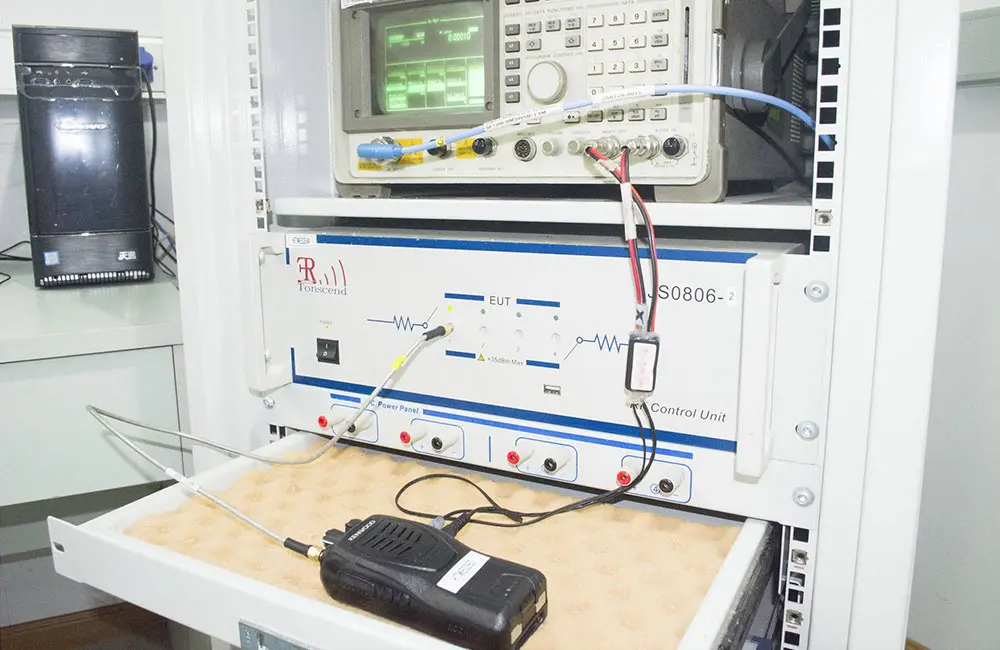 Amazon Electronic Product UL Test Report
Amazon Electronic Product UL Test Report
Leave us a message
24-hour online customer service at any time to respond, so that you worry!




